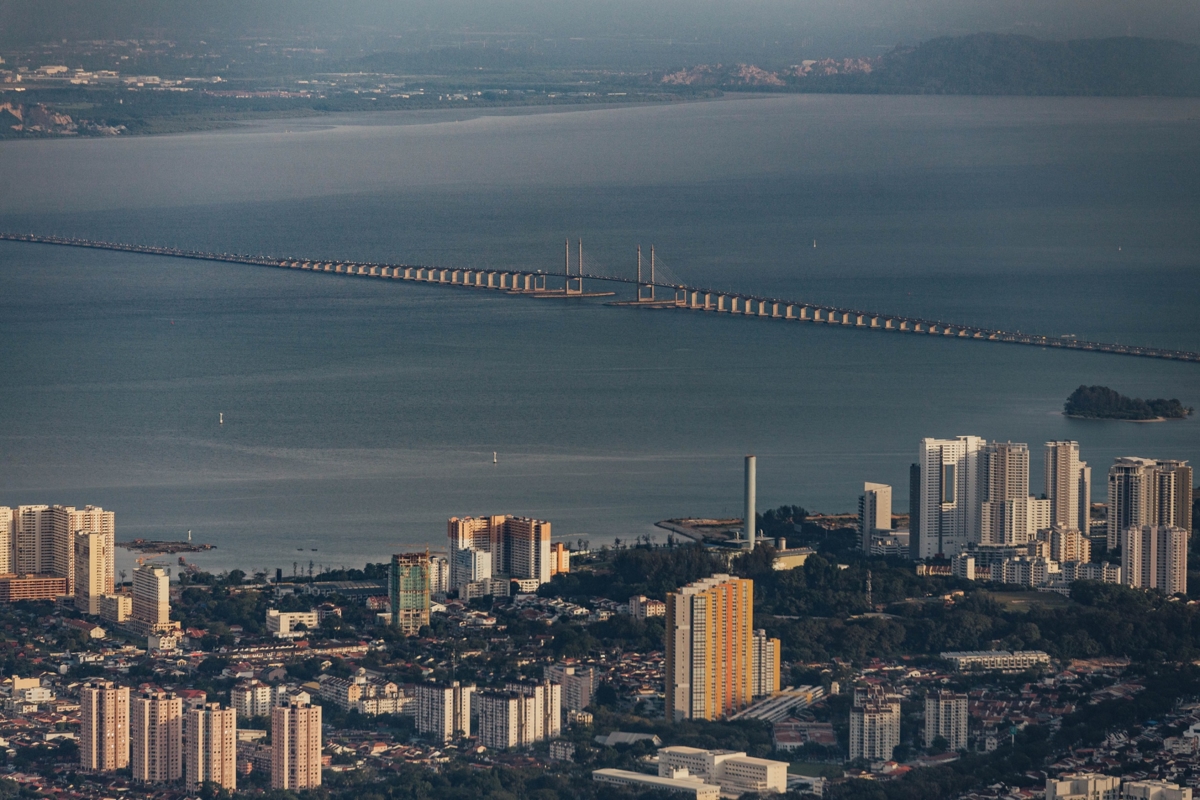LAST YEAR, Penang celebrated its 50 years of manufacturing excellence, significantly in the Electronics & Electrical (E&E) sector. While there are many other industries Penang is known for, such as tin smelting, steel making, food production and medical devices, among others, it is the E&E industry that Penang is well known for, not only nationally but globally.
Today, about 38% of Malaysia’s total exports is made up of E&E products, of which about 60% is from Penang; 78% of Malaysia’s external trade surplus is contributed by E&E exports, 70% of which is contributed by Penang, in turn.
In 2021, 76% of Malaysia’s total Foreign Direct Investment (FDI) was in the E&E sector, with 49% of this investment landing in Penang.
Globally, Malaysia has a 13% market share in chip testing and packaging, most of these done in Penang.
While the above are impressive achievements for the second smallest state in Malaysia (in terms of land area) with a population of 1.8 million, those who participated in the 50th celebration of industrialisation in Penang are in agreement that a charted course is still needed for Penang to go beyond its current successes.






